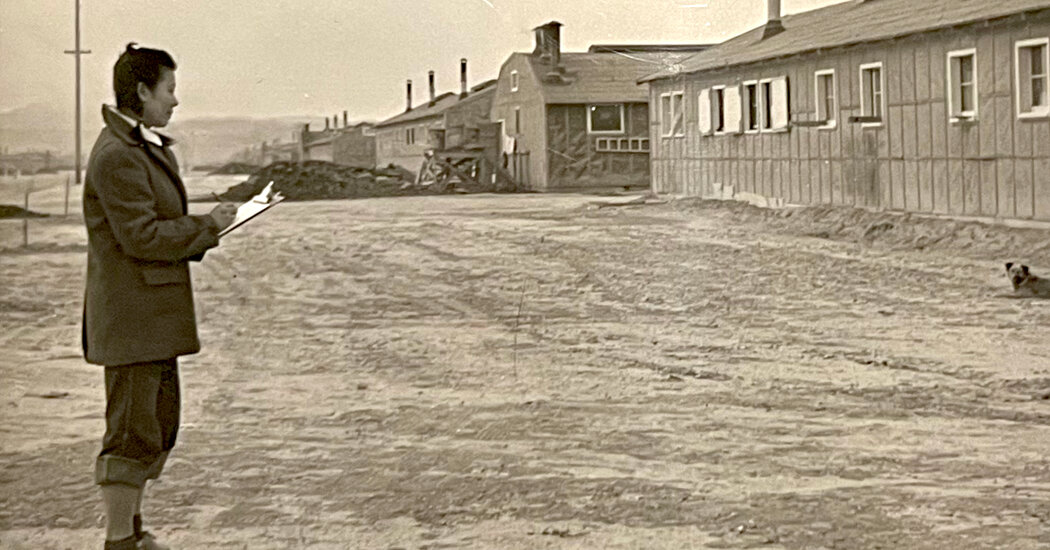
Ibuki Hibi Lee remembers waking up to the sounds of her mother’s paintbrush hitting the canvas in their small New York City apartment.
After World War II, during which their family was incarcerated at an internment camp in Utah, they moved to New York City in 1945 so that Hibi Lee’s parents, Hisako and “George” Matsusaburo Hibi, could pursue art. Hisako Hibi would always find time to paint, often early in the mornings before she had to start work as a dressmaker, her daughter said.
The family struggled, Hibi Lee recalled. They lived in a modest apartment for $20 a month and struggled to pay bills. Her mother received some recognition throughout her career but never at the level of her male peers. Now, 32 years after Hibi’s death, her work is part of “Pictures of Belonging,” a traveling exhibition that features the artwork of three Japanese American women of the pre-World War II generation at some of the nation’s most well-known museums, including the Smithsonian.
“My mother was just a very humble farmer’s daughter, she would say,” Hibi Lee said. “She would be very surprised and flabbergasted by all the attention to her.”
The exhibition debuted in February at the Utah Museum of Fine Arts in Salt Lake City, where it will remain through June. The exhibition will then travel to the Smithsonian American Art Museum in Washington; the Pennsylvania Academy of the Fine Arts in Philadelphia; the Monterey Museum of Art in Monterey, Calif.; and finally the Japanese American National Museum in Los Angeles in 2026.






